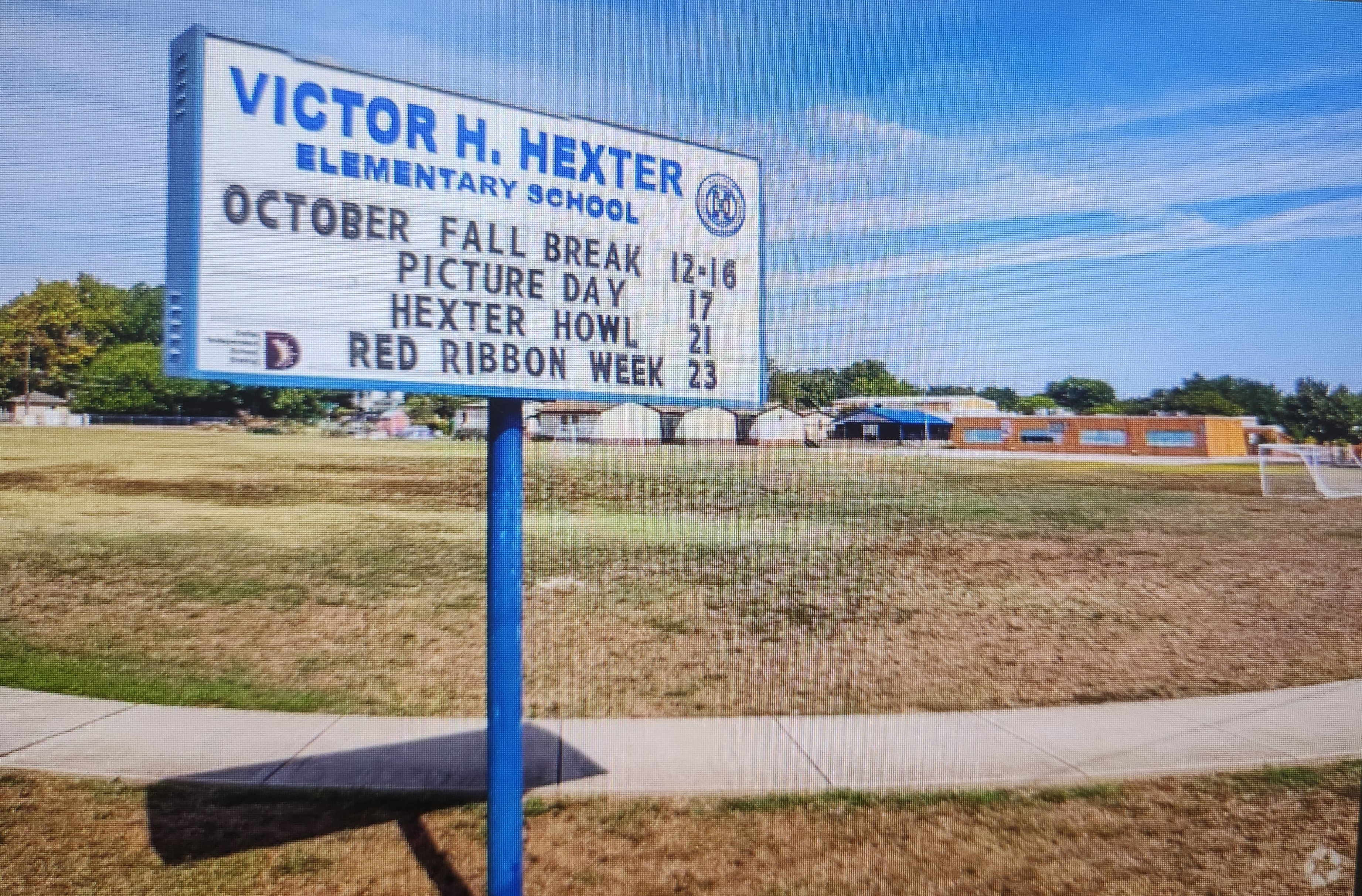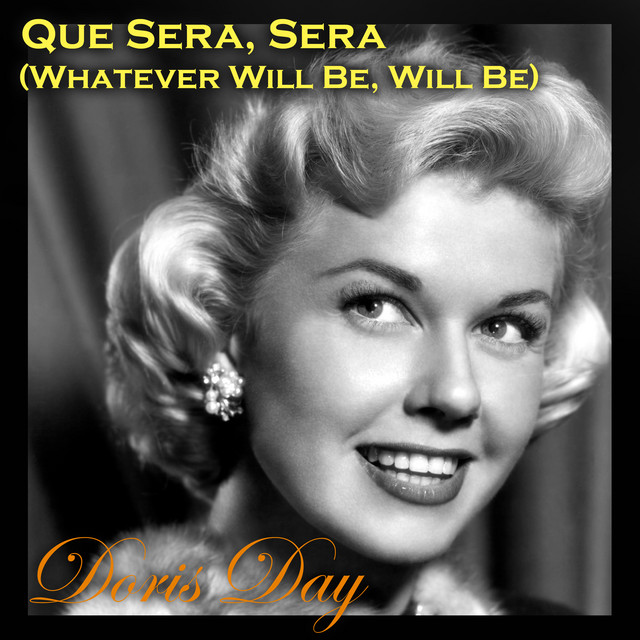Public response to the paean I wrote for Blackie Sherrod has been overwhelming. A veritable tsunami of praise has rolled in, leaving me deeply humbled. On the basis of such plaudits, I am here with a second go-round.
While doing research that would lead to my book on the history of Texas Memorial Stadium, I was amazed to come across information about a Texas A&M football player of Japanese descent. This was the mid-1920s, when the closest thing to integration was an occasional Hispanic. Taro Kishi was born in Japan in 1903 and came with his parents to Texas four years later to work on a rice farm in the southeast corner of the state. Where better to study agriculture than A&M? “An artful dodger and exceptionally fast, he proved a splendid broken-field runner,” wrote Jinx Tucker of the Waco Tribune-Herald. Kishi scored touchdowns against TCU and Baylor in 1924 and helped the Aggies win the 1925 Southwest Conference championship. According to The Battalion (A&M student newspaper), “He has made himself one of the fellows, and a truer friend and comrade we have ever [sic] known.”
….
I had known Lynne Bliven in high school, and it was a couple of years later when I went to see her in Denton. Lynne was a rather open lesbian, and her girlfriend Tana was with her in an apartment near Texas Woman’s University where Lynne was studying to become a nurse. They had a little something in store for this rare male hetero visitor. Tana was playing an acoustic guitar while Lynne and I listened. Lynne seemed to be watching me closely. Tana strummed and sang the first few lines of “Que Sera, Sera,” a soft and sweet tune made famous by Doris Day. But at a critical point in the song, she changed to something very different: “Hound Dog” by Elvis Presley. Both sisters of Sappho took great delight in seeing my response.
….
The name “Richard Pennington” is not quite as generic as “Steve Smith,” but neither is it especially rare. Other people who share my name include the former chief of police in Atlanta and New Orleans; an orthopedic and upper-limb surgeon in Melbourne, Australia; a chemistry professor at Georgia Gwinnett College; a registered sex offender in Florida; a guy who teaches accounting at Coventry University in the UK; a lawyer in Denver; the writer, director and star of a short film called Attack of the Killer Chihuahua; and an industrial engineering prof at Purdue University who has written scholarly articles on computer integrated manufacturing, robotics and computer simulation.
….
Upham Drive and Classen Drive are winding streets in back of Robert T. Hill Junior High School in Dallas. During exam time in the fall and spring semesters in 1966, 1967 and 1968, it was a madhouse. All kinds of juvenile hijinks took place—guys roaring around on motorcycles, fighting, smoking, surreptitious drinking and so on. I look back on it with stern disapproval. We all should have been studying and getting ready for those tests.
….
I have technically been to Europe. In the summer of 1993, I was on my way to the Middle East (Cairo, Egypt and Manama, Bahrain, to be specific). There was a several-hour layover in Munich, Germany. A fairly tentative traveler then, I lacked the confidence to go outside and do some exploring. I remember two things: airport security people who asked very probing questions—this was eight years before Osama bin Laden and his murderous crew of infidels—and smoking. Those Germans really loved their nicotine.
….
John Westbrook was a gutsy guy. He walked onto the Baylor football team in 1965 at a time when the university had barely integrated. His presence prompted the Bears athletic department to bring in another black athlete—shot-putter Charles Houston. Stuck together as roommates in a campus dormitory, both dealt with pure-D racism and cultural isolation. Westbrook died in 1983, before I could interview him for my book on integration of SWC football. But Houston was still alive, and we had some good conversations. One thing I wish I had asked him is whether he and Westbrook realized the historical significance of what they were doing. I should have told him what I have said numerous times to Jerry LeVias, who integrated SMU football at the same time. Their noble quest was necessary for all of us, black and White alike.
….
I live in room 23 of the Yeoksam Single Livingtel in Seoul. Next door, in room 24, is a young woman with whom I have never had the slightest contact. This is not my choice, not at all. She appears to be in her late 20s, is somewhat attractive and is vertically challenged, and for this reason I refer to her as “Shorty Next Door.” Several times during the last 18 months, we have come almost face to face. But whenever that happens, she quickly turns away, averting her eyes and ensuring that no words are exchanged. Shorty Next Door is beyond shy, and I have given up hoping that any kind of neighborly interaction will happen. This is clearly her preference, and I must respect it.
….
Many times I have read that Washington State’s Duke Washington was the first black football player to appear in a game at Memorial Stadium. It is true that on October 2, 1954, he took part in WSU’s 40-14 loss to the Longhorns; Washington had a 73-yard touchdown run in the second quarter, after which he got a standing ovation from almost the entire UT student section. To be precise, however, Washington was the first to do so in interracial competition. In either 1932 or 1933, a one-off game was held at Memorial Stadium featuring two black schools. My guess is that one was Prairie View A&M and the other was Wiley. UT coach Clyde Littlefield and star running back Bohn Hilliard served as referees. Who won this game, and how and why it was arranged has long puzzled me, but I assure you it happened.
….
The fair-to-middling baseball team on which I played circa 1967 represented St. Mark Presbyterian Church. I forget the name of the team we were playing that season on the easternmost diamond at Norbuck Park. It was the final inning, two outs, and we were behind. I came up to bat, and some of the people in attendance were making noise. I do recall that a friend, Marty Renner, was playing second base and ragging me pretty good. In one of the worst moments of my athletic career, I struck out looking. The ball came right down the middle, and I didn’t even swing. The shame of it all.
….
Lynn Atherton played in a far more competitive boys baseball league in those days. His team, known as the Lynx, was part of an arrangement wherein if you sold enough boxes of candy—chocolate pralines and two other kinds—you would qualify for a bus trip down to Houston and the newly opened Astrodome to see what was then Texas’ only major league baseball team take on some National League rival. (The Astros have since changed to the American League, something of which I did not approve.) At any rate, Lynn’s father generously helped. He trailed us, the back seat of his car laden with boxes of candy to be sold. Lynn and I knocked on almost every door on both sides of almost every street north and south of Mockingbird Lane. Mr. Atherton died a few years ago, and I never got a chance to thank him. Yes, we sold enough of that gelatinous food to qualify for a trip to H-town.
….
Perhaps you remember Lifestyles of the Rich and Famous, a TV series that ran from 1984 to 1995. Englishman Robin Leach would go into the homes of wealthy entertainers, athletes, socialites and business moguls and talk to them about what it was like to be rolling in dough, sometimes mentioning nearby resorts and tourist attractions. Leach concluded each episode with his signature catchphrase, “champagne wishes and caviar dreams.” Watching that show always made me jealous. If they ever do one called Lifestyles of the Poor and Obscure, I should be on it. Along the same line, the University of Texas has its Distinguished Alumnus Award; six people are honored and feted every fall. I have never been chosen—not even nominated! If my alma mater had an Undistinguished Alumnus Award, I would be in on the first ballot.
….
The 1965 Hexter Elementary School football team was a rather weak one. We played five games against Reinhardt, George W. Truett, Martha Turner Reilly, Edwin J. Kiest (which I had attended in grades 1 through 4) and Charles A. Gill. I am almost certain that our record under coach Bob Jett was 0-5. I was the quarterback, and it seems strange now to think that Jett let me call the plays. Run right, run left, pass—those decisions were mine. The closest thing I had to glory that season was the time I dialed my own number, got through the opposing defense and ran 50 or maybe 60 yards before being hauled down at the two-yard line.
….
UT’s Arch Manning is a quarterback of a very different pedigree. He has been in Austin for two seasons and threw 90 passes in just 2 1/2 games while spotting the now-departed Quinn Ewers. Nevertheless, football cognoscenti say he has it all and may be the top pick in the 2026 NFL draft. Manning has size (6ʹ 4″ and 225 pounds), is elusive like his grandfather Archie and unlike his uncles Peyton and Eli, throws well on the move, has good mechanics, can get rid of the ball quickly, is adept at both short and long throws, can read defenses and learns from his mistakes. The pros can wait. For now, I am just eager to see what he can do as the Longhorns’ main man.













4 Comments
Love it. You didn’t even graze me on that one. All interesting.
You did bring up a couple of things that I find very interesting.
Well, thanks for reading, Boyd.
Very interesting I went to hexter grades 1 to 5. Reilly 5 and half and 6. I enjoyed reading your “snippets” thanks for the memories
Thanks, Monty!
Add Comment